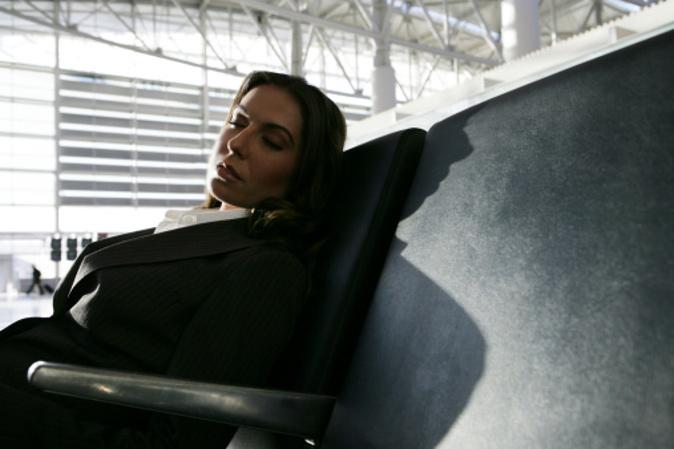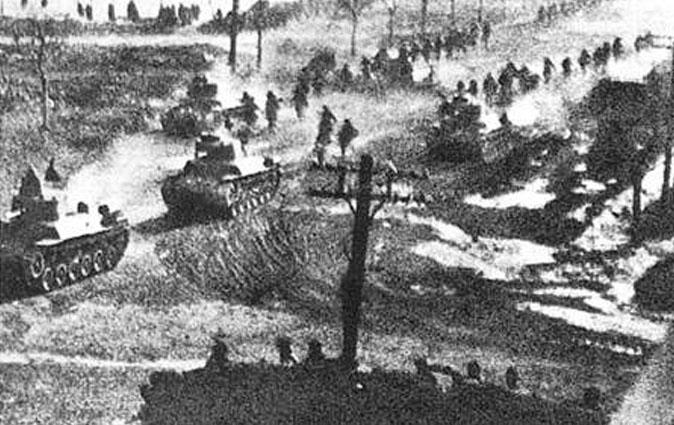A new research study explains why you may have found jet lag hits harder when traveling eastward.
The basis of the study is a group of special cells that oscillate in the brain and control the body’s circadian rhythm—also known as the body’s “internal clock”—called “pacemaker cells.” After rapid time zone shifts, these pacemaker cells require a period of time to adjust the bodily rhythm in accordance with the new time zone.
The University of Maryland research team created a mathematical model to represent the oscillations of all pacemaker cells in the brain, based on the notion that the body takes longer to adjust to time zones when traveling east.
The model shows that when traversing a large number of time zones eastward, the pacemaker cells adjust the body by moving the brain clock backward. In actuality though, time is pushed forward when traveling east.
For example, if you leave California at 3 p.m., Western time, and arrive in New York five hours later at 8 p.m., Western time, it is already 11 p.m. in New York. It is precisely this “wrong direction” that makes recovery from long-distance eastbound travel so difficult.
Another factor explained by the model is that even assuming your internal clock adjusts itself in the right direction, the majority of people’s circadian rhythms aren’t perfect 24 hour periods.
The average person actually has a natural cycle of 24.5 hours. So by design, the body has a easier time extending the day than shortening it. As a result, the model shows that it will take an average person around four days to recover from an eastward trip across three time zones, compared to three days from an equivalent westward trip.
This small variation in circadian rhythm times between people can also determine the way different people experience jet lag.
“Some people may have a natural circadian rhythm with a period of 24.5 hours, while others may have longer or shorter natural rhythms,” Michelle Girvan, an associate professor of physics at the University of Maryland’s Institute for Physical Science and Technology, told Phys.org. “Our model suggests the difference between a person’s natural period and 24 hours controls how they experience jet lag.”
Additionally, the model also contains a parameter that captures how sensitive an individual is to sunlight, cloudiness, geographical latitude, and seasonal factors.
Light, for instance, is a big contributing factor in overcoming jet lag, as part of the way our bodies adjusts is through the brain’s identification of the local light-dark cycle.
Ultimately, the recent team would like to see others build upon the model they created. According to the study paper, published on July 12 in the journal Chaos, the model they have studied is highly simplified.
The team hopes that insight provided by their simplified model “can serve as a guide for developing more in-depth qualitative approaches, as well as strategies to combat circadian rhythm disruptions due to rapid cross-time-zone travel, shift work, or blindness,” said Girvan to Phys.org.




